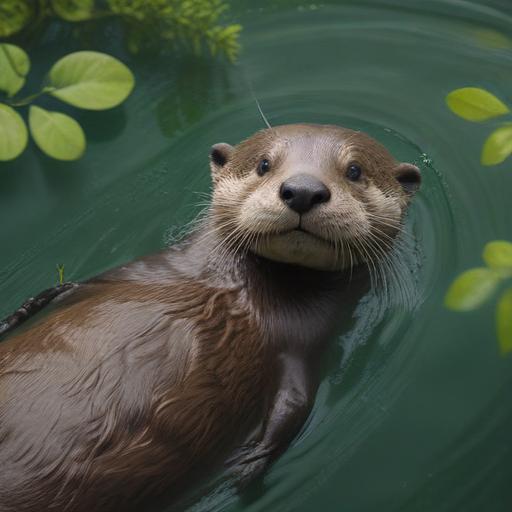Every year on the last Wednesday of May, World Otter Day is celebrated to recognize the fascinating lives of otters and the significant challenges they face in their habitats. Known for their playful behaviors, otters not only delight observers but also serve as vital indicators of ecosystem health. Their presence usually signals a diverse and thriving ecosystem.
Unfortunately, otters are becoming increasingly endangered due to various human activities, including pollution, habitat destruction, and poaching, reminding us that their conservation is imperative for ecological balance.
Otters inhabit every continent except Antarctica and Australia and include 13 species, ranging from the large Amazonian giant otter to the famous sea otter, which skillfully uses tools to access food. Their diets primarily consist of fish, frogs, and other small aquatic creatures. However, their survival depends heavily on a clean, undisturbed habitat that provides ample prey. The decline of otters often goes unnoticed but serves as a signal of environmental distress. Their absence can indicate water pollution, ecosystem disturbances, and a reduction in available prey.
In their ecosystems, otters play a crucial role in maintaining balance. For instance, sea otters control sea urchin populations, thus protecting kelp forests. River otters, on the other hand, help reduce the spread of invasive species and create habitats for other wildlife through their burrowing activities. When otters disappear, the effects ripple throughout their ecosystems, leading to degraded riverbanks and collapsing fish populations.
Human activities continue to pose serious threats to otters. Once heavily hunted for their fur, they now face risks from poaching, pollution from agricultural runoff, habitat encroachment from development, and the overarching threat of climate change, which disrupts their food intake and habitat.
Despite these issues, there is hope. Conservation efforts have shown positive results in various regions. In the UK, for instance, otter populations have rebounded due to improved water quality and better legal protection against hunting. Similar reintroduction efforts in the U.S. have helped river otters return to areas where they had previously vanished, supported by local community engagement.
Ecotourism in South America has also played an unexpected role in otter conservation, as seen in Peru’s Tambopata National Reserve, where tourism generates funding for protective measures and helps promote sustainable livelihoods.
As we observe World Otter Day, individuals can contribute to the conservation of these creatures through small yet significant choices. Opting for sustainable seafood helps protect their food sources, while reducing plastic use keeps waterways cleaner. Supporting wetland restoration projects, symbolically adopting otters, and raising awareness via social media can further amplify efforts to protect these remarkable animals.
Let’s celebrate the vital role otters play in our ecosystems and work together to ensure their survival for future generations.
